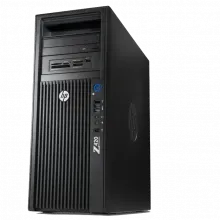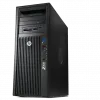
In most common use, a server is a physical computer (a computer hardware system) dedicated to run one or more services (as a host), to serve the needs of the users of other computers on a network. Depending on the computing service that it offers it could be a database server, file server, mail server, print server, web server, gaming server, or some other kind of server.






